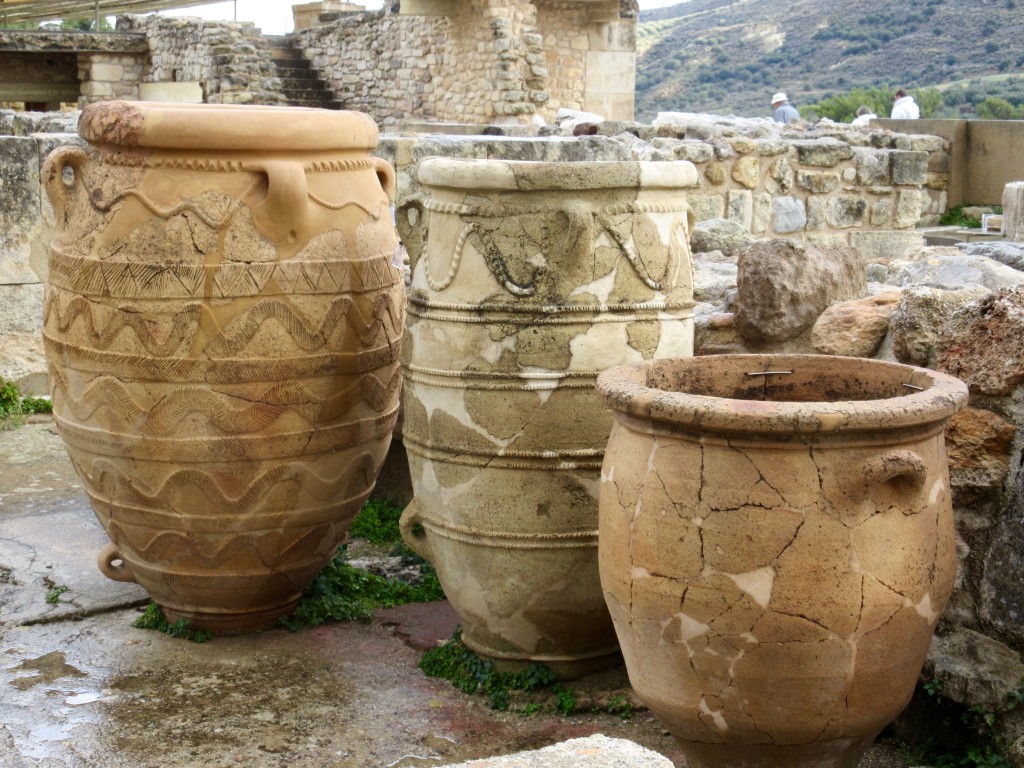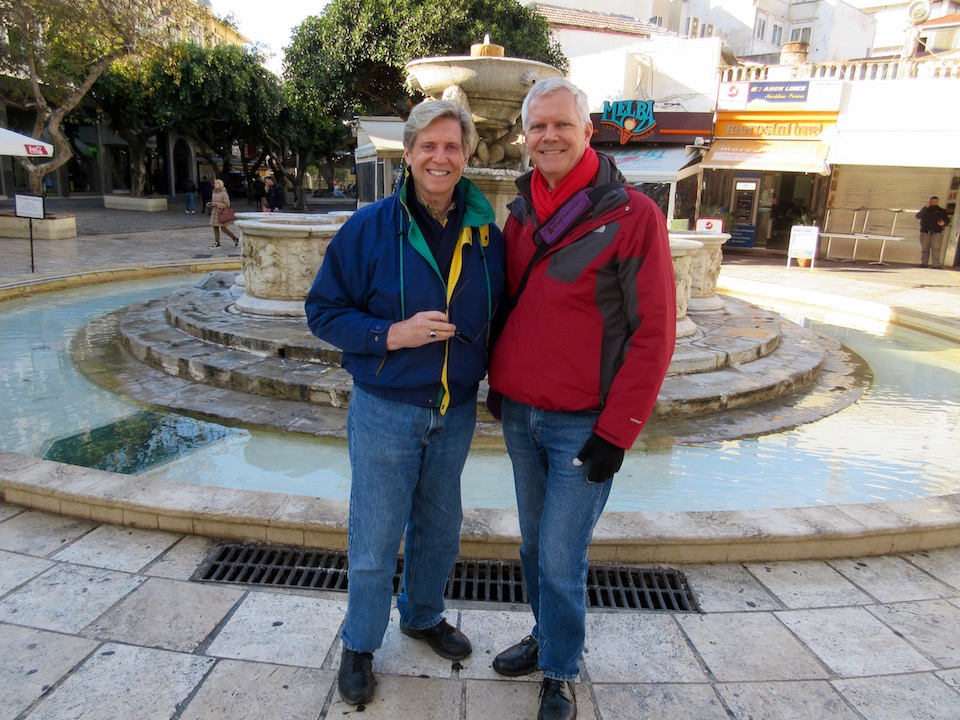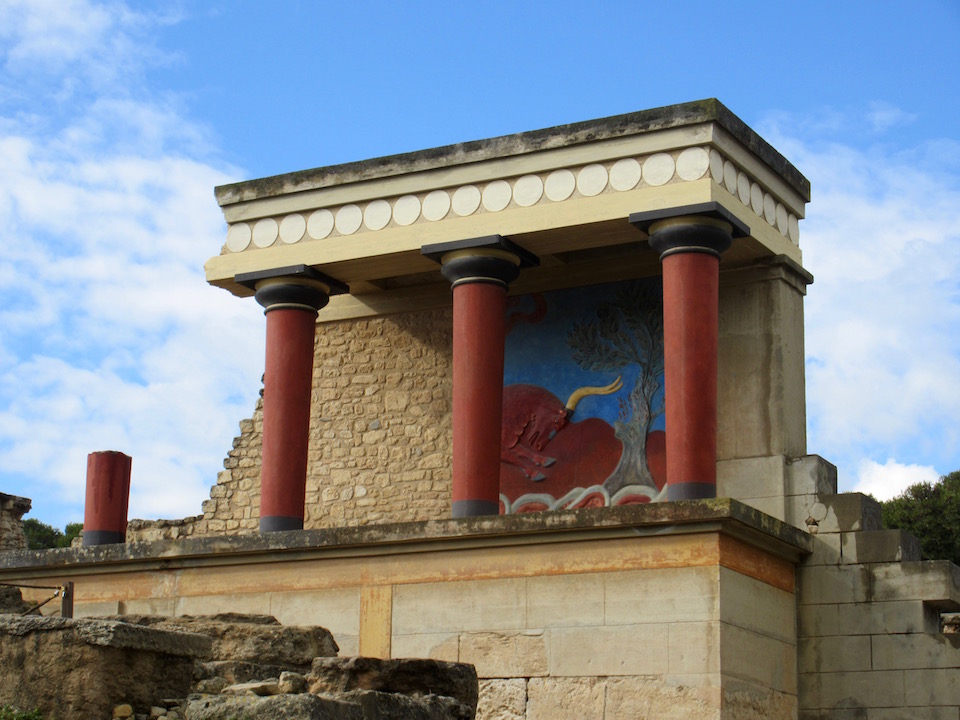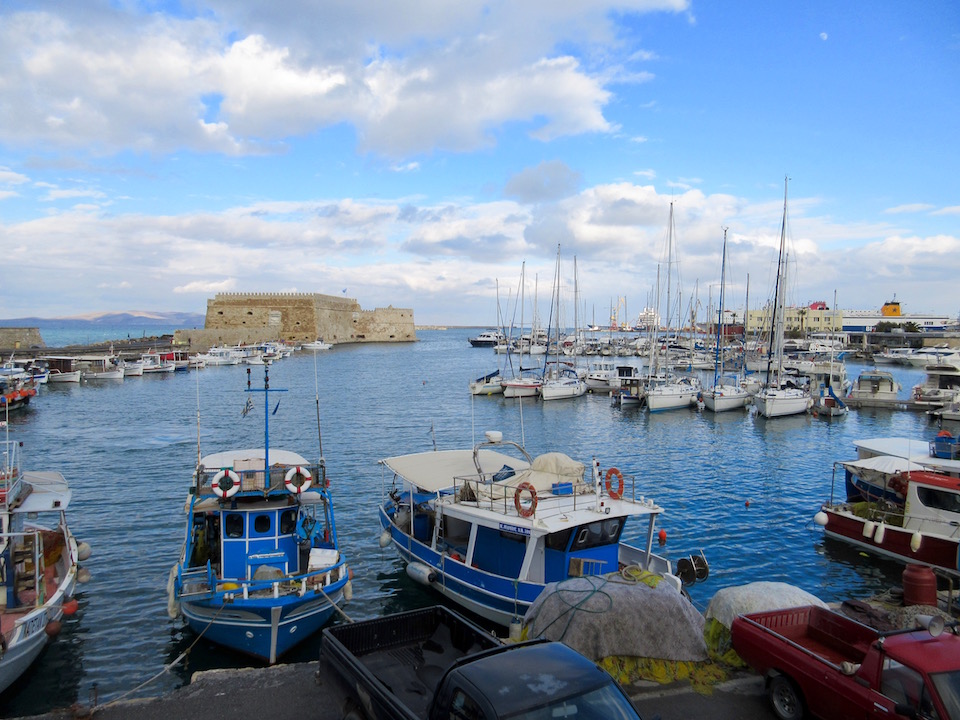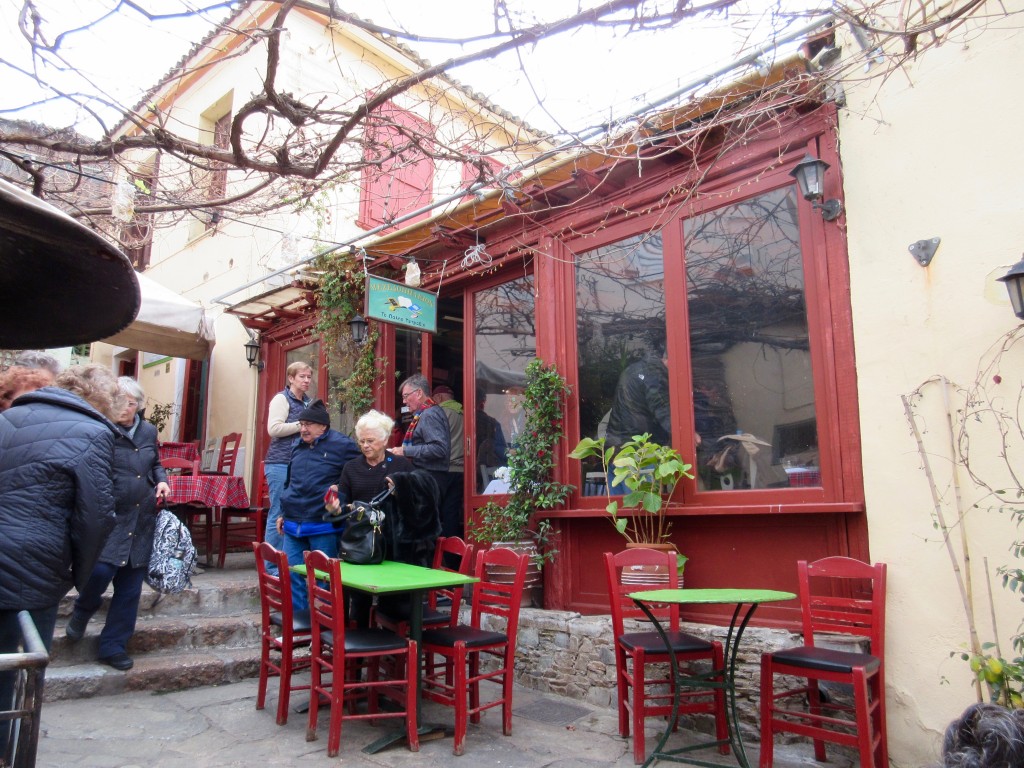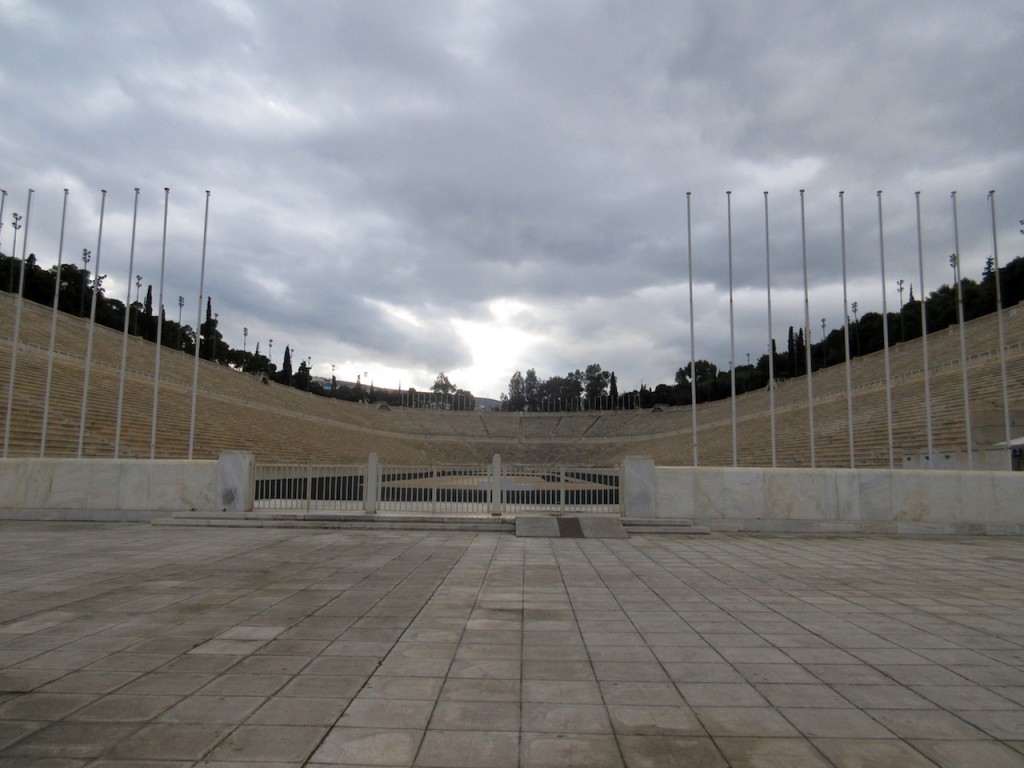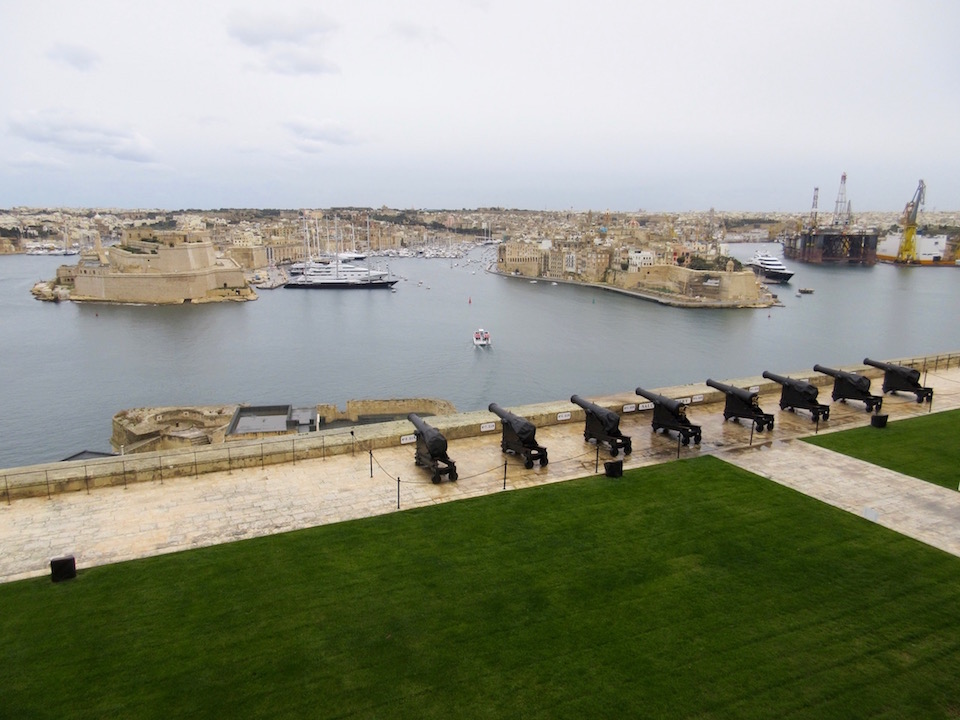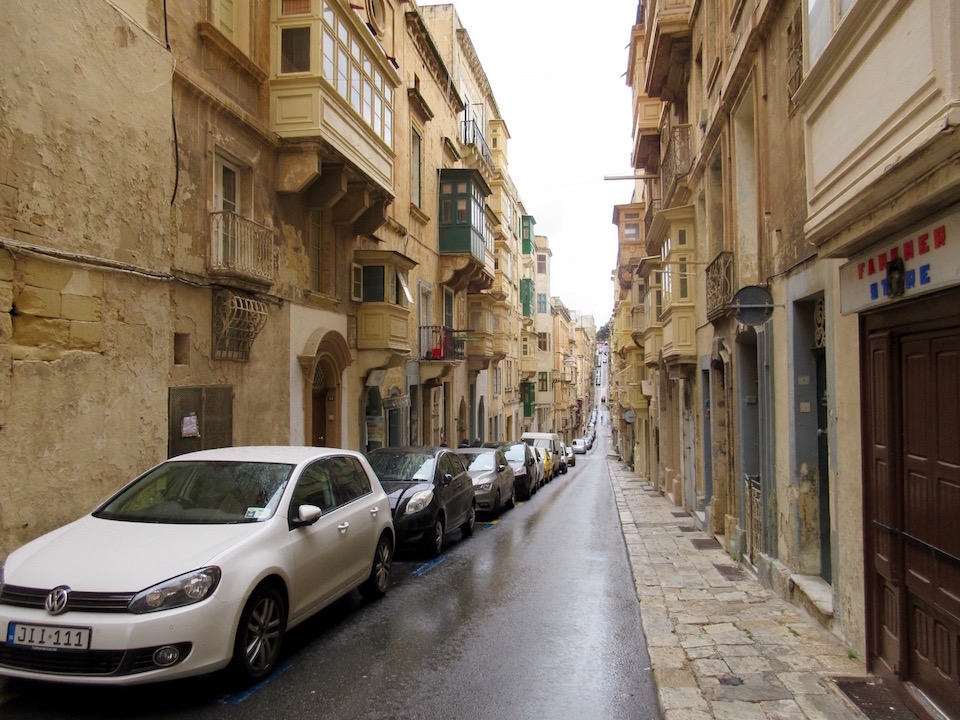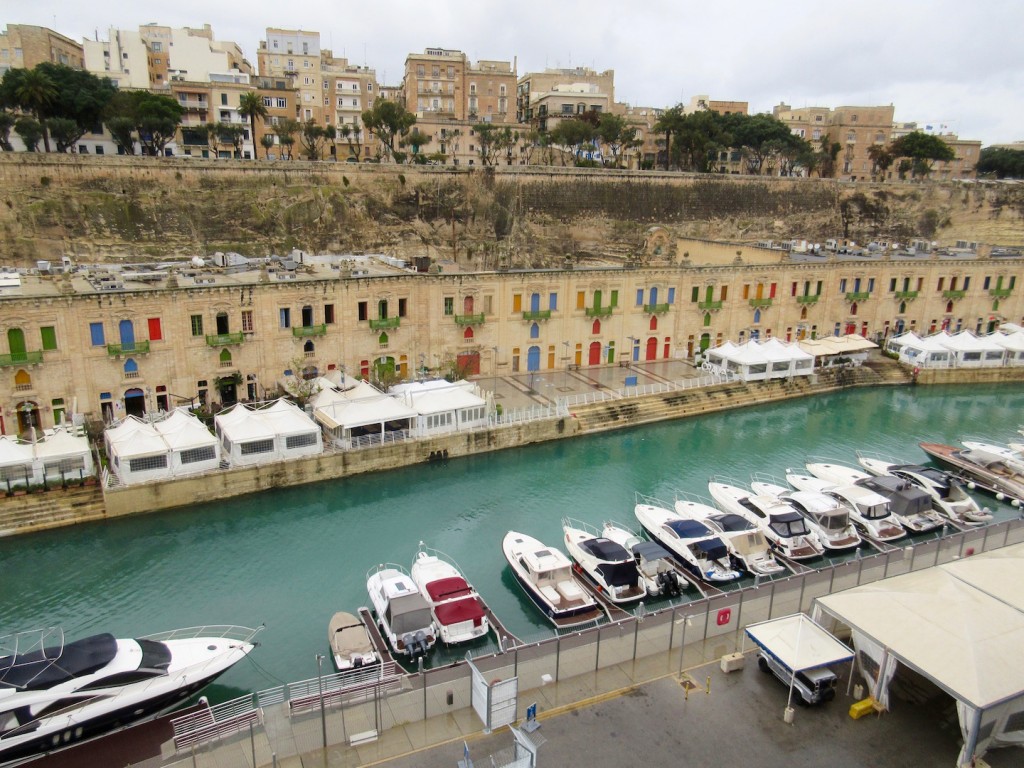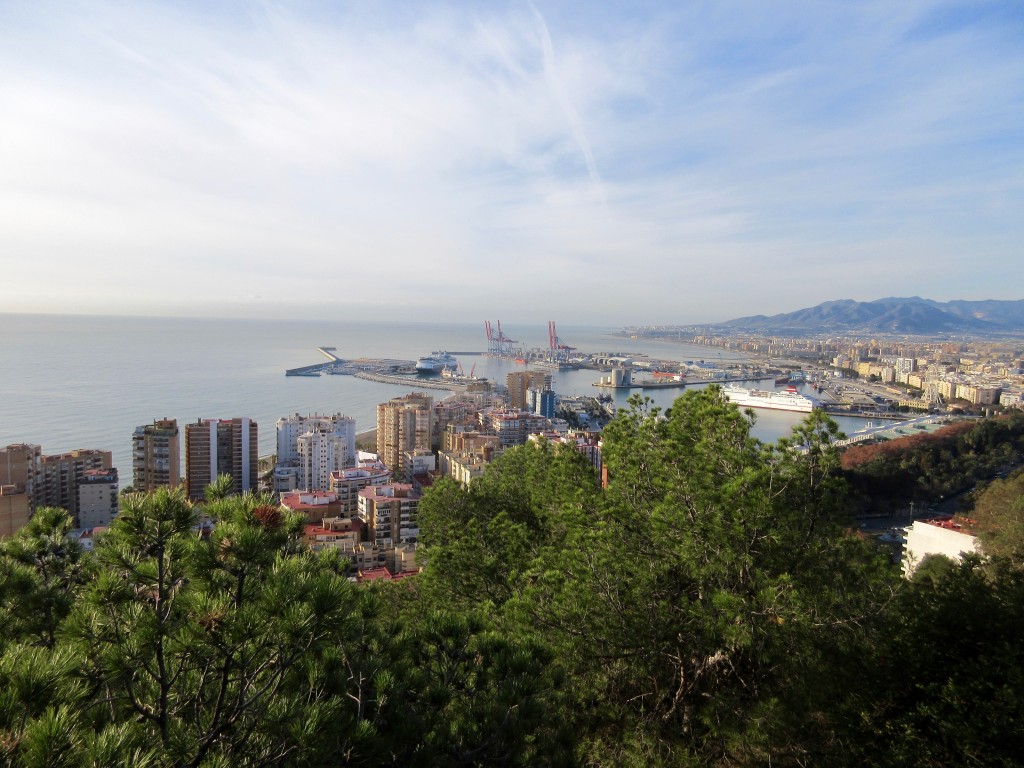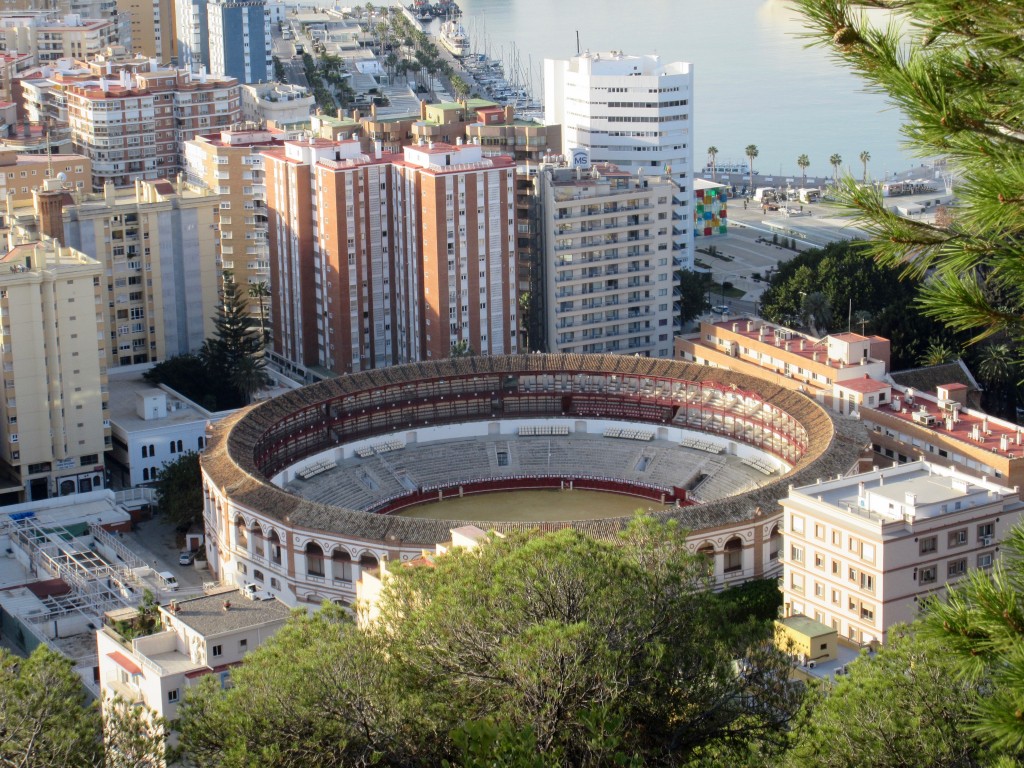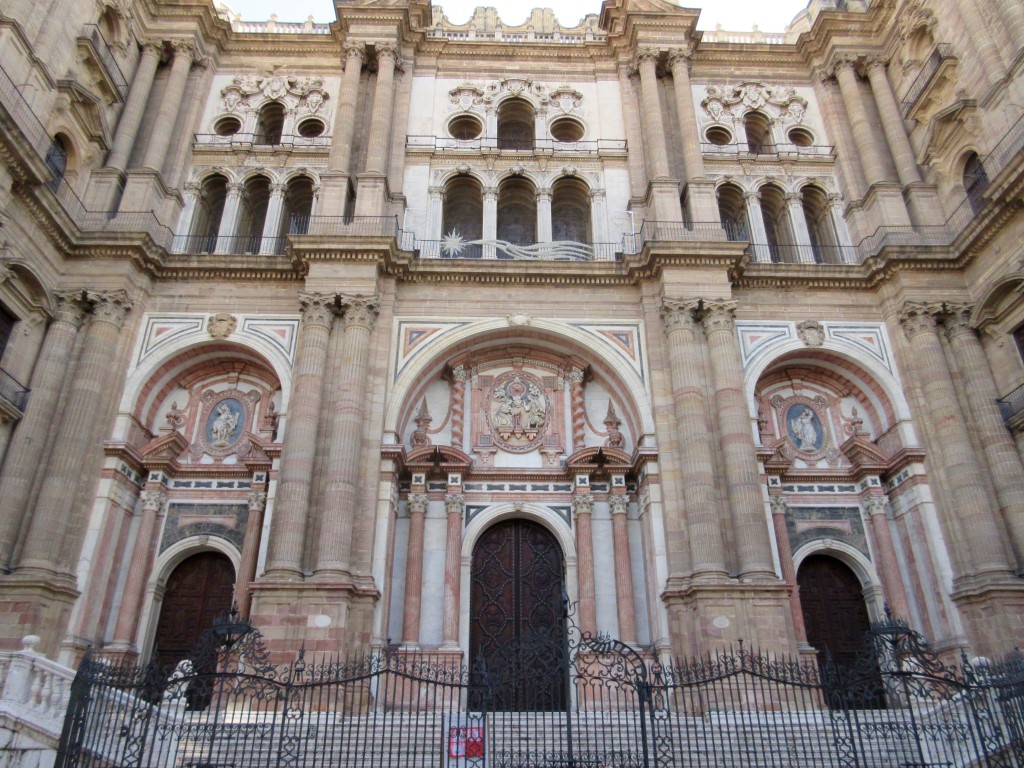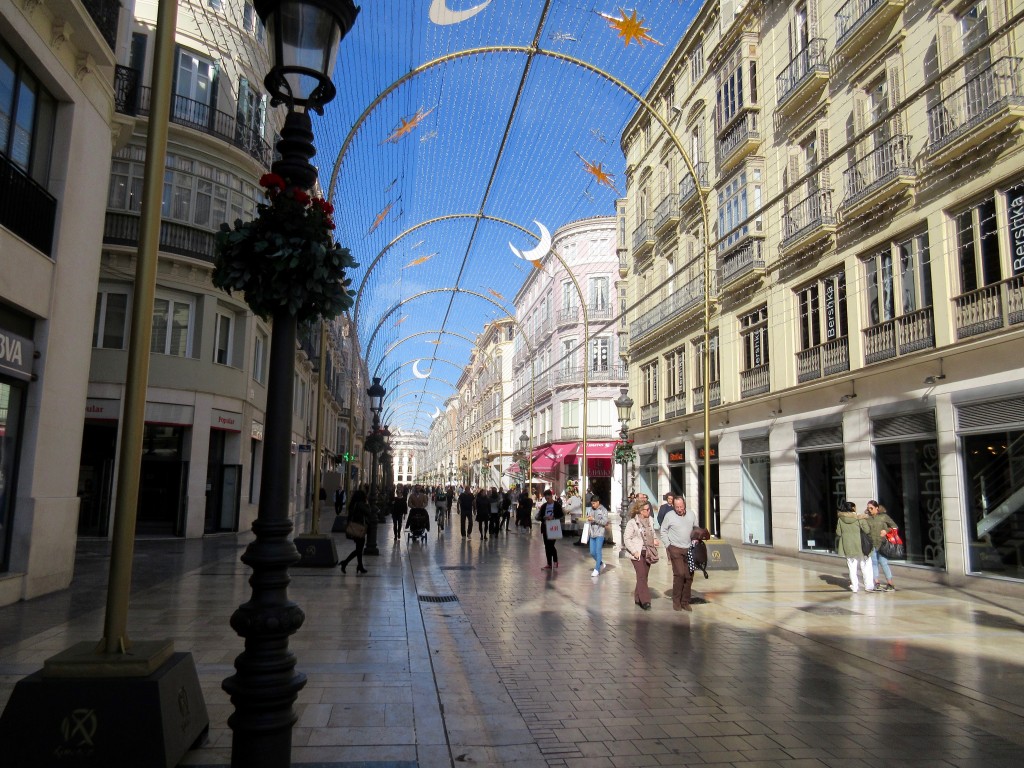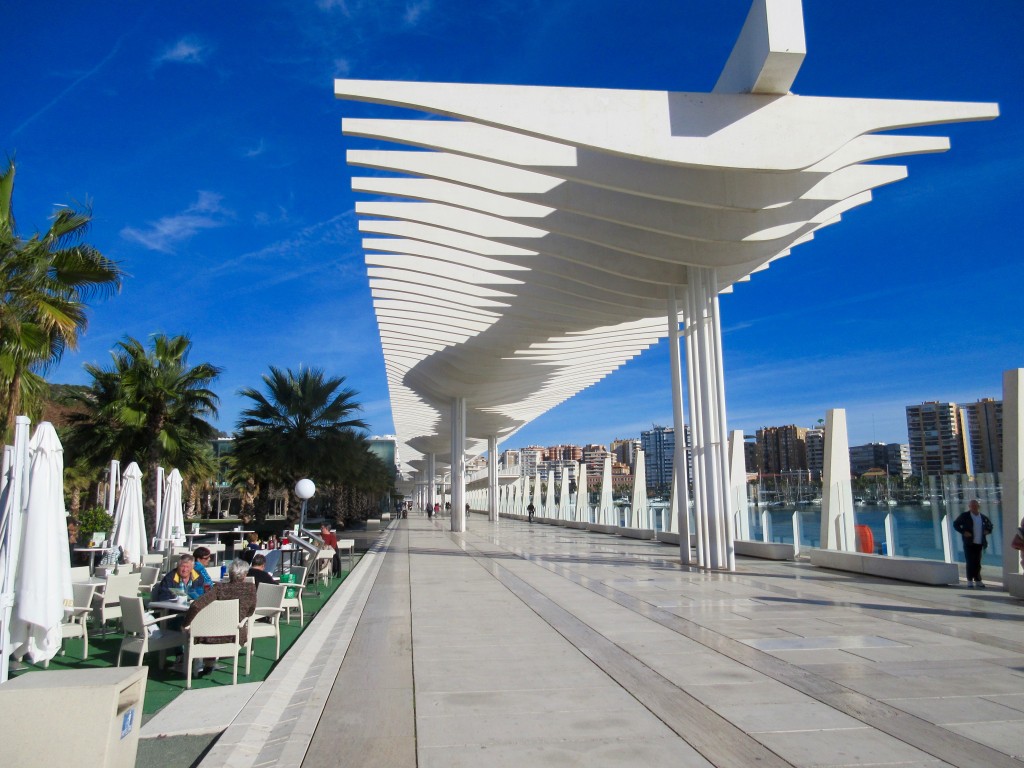We attended a lecture on the port city of Aqaba, Jordan and the town of Petra that is well known for its red sandstone carvings. We will be visiting Jordan for two days on our return to Rotterdam.
Lunch is available in the main dining room most days where you can select from several soups, salads and appetizers to start. Next you can choose from several main dishes like a burger of the day, pasta, a fish, or maybe an Indonesian dish or something unique. Lastly there is always the dessert menu to tease you with items you would never have at home but are difficult to turn down on the ship. We shared a table with an older woman from Iowa today who was very interesting. She is traveling with a group of 48 from Road Scholar, formerly known as Elder Hostile. She has taken 45 trips with them over the years. The Road Scholar group has its own onboard lectures as well as tours in each port that are included in the price of their trip. I’m curious what the price of the cruise is through Road Scholar.
Our afternoon included a lecture on the changing nation of China by Werner Salinger. China’s development has been extremely fast in comparison to other developing nations and the world is scared about it future development. Can this country that has such an impact on the entire world continue to grow and develop or will it falter and take the rest of the world down with it?
Mark attended another watercolor class where he painted a stained glass window in a rainbow of colors in the background of a large leafless tree. Kent went to the gym and sauna to burn off lunch. The weather was cloudy but the temperature continued to rise and was in the low 70’s today so we walked around the deck for 30 minutes. Yeah!
The evening’s entertainment was a production show called Iris and performed by the ships ensemble of singers and dancers.

